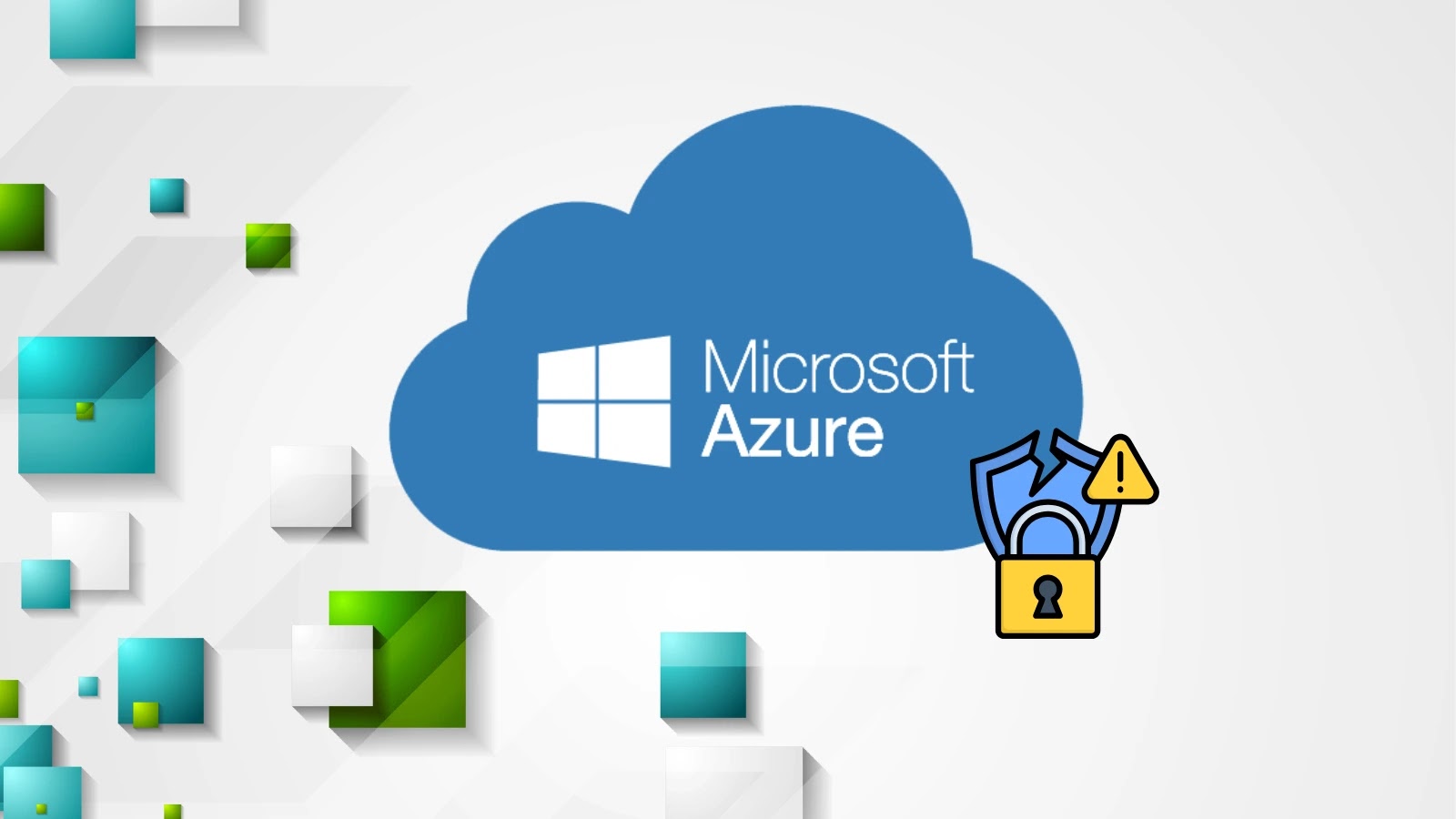
Azure’s Default API Connection Vulnerability Enables Full Cross-Tenant Compromise
Unpacking the Critical Azure API Connection Vulnerability: A Cross-Tenant Compromise Threat
The cloud era ushers in unparalleled scalability and flexibility, but with it comes the responsibility of understanding and mitigating unique shared-infrastructure risks. A recent disclosure has sent ripples through the cybersecurity community, revealing a critical flaw in Microsoft Azure’s default API Connection infrastructure that permitted unauthorized access and compromise across distinct Azure tenants worldwide. This vulnerability underscores the complex security landscape of multi-tenant cloud environments and the potential for seemingly isolated design choices to lead to widespread impact.
Exploited by a security researcher, this flaw, which earned a substantial bounty and a coveted Black Hat presentation slot, leveraged Azure’s shared API Management (APIM) instance architecture. The implications were severe: potential unauthorized access to sensitive resources like Key Vaults, Azure SQL databases, and even third-party services. Understanding the mechanics of this vulnerability is crucial for all organizations leveraging Azure for their operations.
The Core of the Vulnerability: Shared APIM and API Connections
At the heart of this critical issue lies Azure’s underlying multi-tenant architecture, specifically concerning its API Management (APIM) instances and the way API Connections are established. In Azure, API Connections act as secure bridges, enabling Azure services (like Logic Apps or Power Automate) to interact with other services or external APIs. While designed for efficiency, the shared nature of the APIM infrastructure, coupled with a specific configuration detail, created an unforeseen attack vector.
The vulnerability capitalized on the fact that while tenants operate in logical isolation, certain underlying shared infrastructure components can, if misconfigured or designed with unintended side effects, create pathways for cross-tenant access. Attackers could manipulate how API Connections were registered and handled within this shared environment, tricking the system into granting access to resources belonging to other tenants. This isn’t merely a theoretical concern; it represents a significant bypass of fundamental cloud security principles.
Impact and Potential Exploitation Scenarios
The potential impact of this vulnerability is profound, touching on the very foundation of data isolation within a shared cloud environment. A successful exploitation could lead to:
- Unauthorized Data Exfiltration: Gaining access to Azure Key Vaults, which often store cryptographic keys, secrets, and certificates, could lead to the compromise of sensitive organizational data.
- Database Compromise: Access to Azure SQL Databases would allow attackers to steal, manipulate, or delete critical business data, leading to data breaches or operational disruption.
- Supply Chain Attacks: Compromise of API connections to third-party services could extend the attack surface beyond Azure, potentially impacting an organization’s supply chain and leading to broader systemic risk.
- Service Disruption and Sabotage: By gaining control over API connections, attackers could potentially disrupt business processes reliant on these integrations, causing significant financial and reputational damage.
While specific CVE numbers are often assigned to vulnerabilities detected and cataloged by the community, the provided source does not specify a public CVE for this particular flaw. However, its severity and the bounty awarded indicate its critical nature. Organizations should monitor Microsoft’s security advisories closely for any retrospective assignment of a CVE or related security bulletins.
Remediation Actions and Best Practices
While Microsoft has undoubtedly patched the underlying vulnerability, organizations using Azure must always adhere to robust security practices. Preventing similar future incidents and mitigating residual risks requires proactive measures:
- Review and Audit Existing API Connections: Regularly audit all API Connections within your Azure subscriptions. Understand what services they connect to, what permissions they have, and if they are still necessary.
- Implement Least Privilege: Ensure that API Connections and the services utilizing them are granted only the minimum necessary permissions to perform their function. Avoid broad permissions.
- Utilize Azure Policy for Governance: Implement Azure Policies to enforce security best practices for API Connections and other Azure resources. This can help prevent misconfigurations.
- Enable and Monitor Azure Activity Logs: Actively monitor Azure Activity Logs for unusual API connection creations, modifications, or deletions. Integrate these logs with your SIEM for anomaly detection.
- Regular Security Assessments: Conduct periodic security assessments, penetration tests, and vulnerability scans of your Azure environment to identify potential weaknesses.
- Stay Informed on Microsoft Security Advisories: Subscribe to Microsoft’s security notifications and promptly apply patches and configurations recommended by the vendor.
- Isolate Sensitive Workloads: For highly sensitive data or critical business processes, consider further isolation through dedicated virtual networks, private endpoints, and network security groups.
Tools for Azure Security and Monitoring
Leveraging the right tools is essential for maintaining strong security posture in Azure. Here are some relevant tools:
| Tool Name | Purpose | Link |
|---|---|---|
| Azure Security Center / Microsoft Defender for Cloud | Cloud security posture management (CSPM), threat protection, and vulnerability management for Azure resources. | Azure Security Center |
| Azure Monitor / Azure Log Analytics | Collecting, analyzing, and acting on telemetry data from Azure and on-premises environments, including activity logs and diagnostics. | Azure Monitor |
| Azure Policy | Enforcing organizational standards and assess compliance at scale for your Azure environment. | Azure Policy |
| Azure Active Directory Identity Protection | Detecting and remediating identity-based risks, including suspicious sign-ins and user activity. | Azure AD Identity Protection |
| Prowler (Open Source) | AWS, Azure, and GCP security assessment, auditing, hardening, and incident response tool. | Prowler GitHub |
Conclusion: Continuous Vigilance in the Cloud
The discovery of a cross-tenant compromise vulnerability within Azure’s default API Connection infrastructure serves as a potent reminder: even shared cloud environments, designed with robust security in mind, can harbor subtle flaws. While cloud providers bear the primary responsibility for the underlying infrastructure security, organizations leveraging these platforms must maintain continuous vigilance over their configurations, access controls, and logging practices. Proactive auditing, adherence to least privilege, and a commitment to staying informed about emerging threats are paramount for securing valuable assets in an increasingly interconnected digital landscape.





